History
Main content starts here.
Update:March 10, 2012
History
Tatsuno Castel.
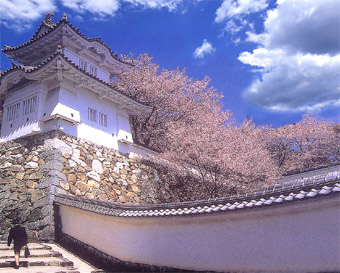
A restored hilltop castle which was originally built by Wakizaka Yasumasa.
Around the Old Wakizaka Residense.
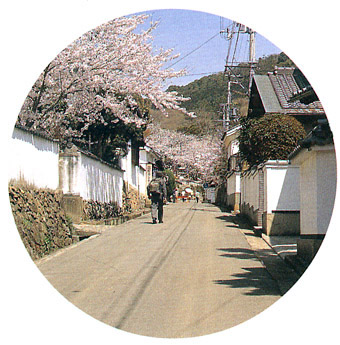
A sightseeing spot where the streets are lined with white earthen walls and you can still catch glimpses of the old castle town of Tatsuno.
Around Nyoraiji Temple.
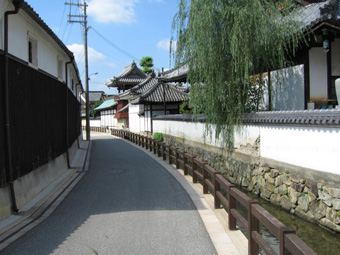
A sightseeing area where the atmosphere of the old castle town still lingers.
Shuentei.
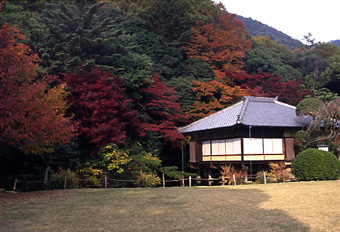
A teahouse standing on a pond, shinjiike, shaped like the Japanese character for “heart”. It is a suki-ya style building and the architectural style is an imitation of the shoin-zukuri style.
Nomi-no-Sukune Shrine.
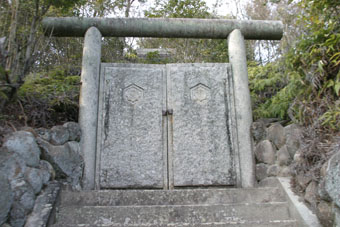
The founder of sumo, Nomi-no-Sukune died of illness in Tatsuno, and many people from his home province of Izumo came to build a grave for him.
Yakuyama Ancient Tombs.
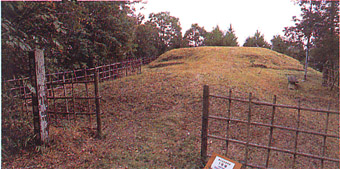
Designated as an Important Cultural Property by the prefecture. A cluster of ancient tombs dating from the Yayoi Period to the early Kofun Period (late 3rd century – early 4th century.)
Hosyakuzenji Tenmple.

It is said that the temple was established in the Tempyo Era (729-749) of the Nara Period by Bodhisattva Gyoki, and that he made the main deity of the temple.
Ubazuka Ancient Tombs.

Around 40 horizontal stone chamber tombs of various sizes at Umadate.
Shingu Miyauchi Ruins.

A nationally designated historic site. The most well-known remains of a settlement from the Yayoi Period (about 1800-3000 years ago) in Hyogo Prefecture.
Jounji Temple.

One of the holy sites of Pure Land Buddhism, Jodo-shu, and the monk Honen Shonin. There is a grave of a courtesan Tomogimi (Yamabuki Gozen - the wife of Kiso Yoshinaka) who is said to have entered the Buddhist priesthood in 1207 after hearing the teachings of Honen, and died a peaceful death.
Hashisaki Magaibutsu.
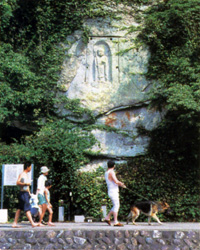
A Jizo Bodhisattva carved on the cliff face of Mt. Tsuruhashi. It was made in the Nanboku-cho Period (inscription ‘2nd year of Bunwa’ - 1353), and is the oldest stone Buddha with an inscription in West Harima.
Koshibe Zenni`s Grave
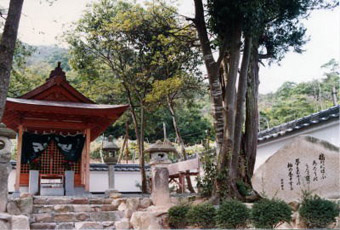
There is a stone Buddha which is said to be the
Kamo Shrine.
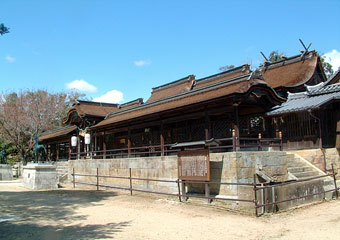
A nationally designated Important Cultural Property. It is written in the book Takakurain Itsukushima Gokoki that Taira no Kiyomori came by this shrine on the way to Itsukushima Shrine.
